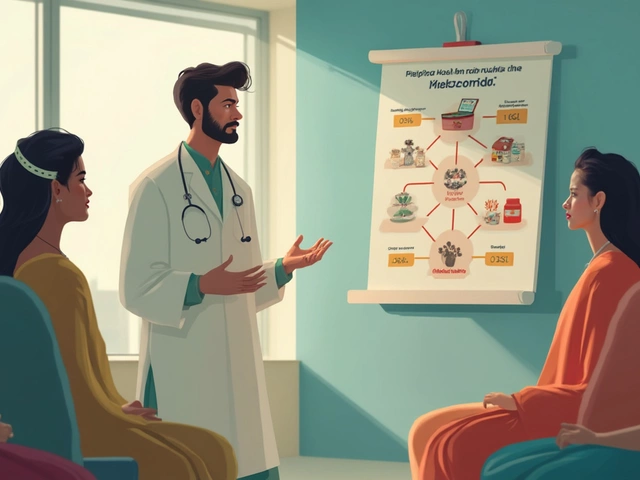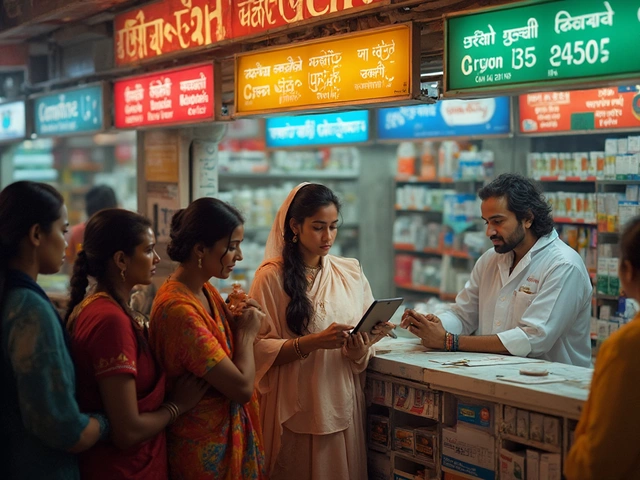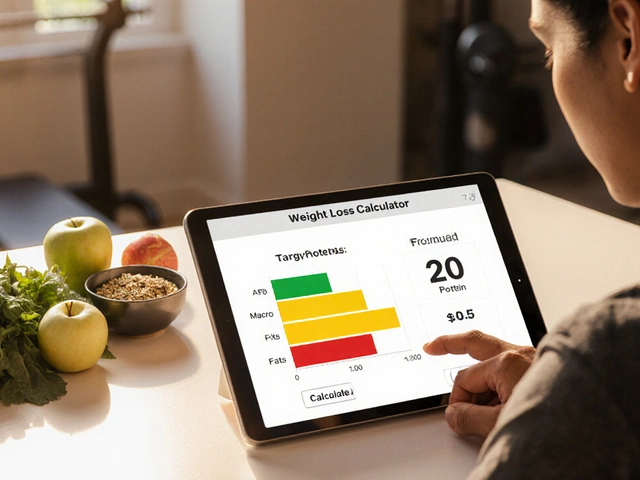Healthcare Access: What You Need to Know
Getting the right medical help when you need it can feel like a maze, especially in India where costs, distance, and paperwork pile up. You’ve probably wondered why a simple doctor visit sometimes turns into a costly adventure. In this guide we’ll break down the biggest hurdles and give you straight‑forward steps to cut through the red tape, save money, and actually get the treatment you deserve.
Common Barriers to Care
First up, the usual suspects: high pharmacy prices, long waiting times, and limited insurance coverage. A lot of people notice that drugs at big chains like CVS (yes, the US chain shows up in our data) are pricey, and the same thing happens with local pharmacies when they stock brand‑name meds. Add to that the fact that many rural areas still lack a nearby clinic, and you end up traveling hours just for a check‑up. These factors create a two‑fold problem – you either pay more or delay care, both of which can worsen health outcomes.
Practical Tips for Better Access
Here’s where it gets useful. 1) Look for government‑run primary health centres; they often offer free or heavily subsidised services. 2) Use tele‑medicine apps for minor issues – a video call can save you the trip and the fee. 3) When you need medicines, compare prices online before heading to the pharmacy; many generic options are just as effective and far cheaper. Our article “Why Are CVS Pharmacy Prices So High?” explains how markup works, and the same logic applies to Indian drugstores. 4) If you have a chronic condition like diabetes, ask your doctor about combination pills – fewer pills can mean lower overall cost. 5) Check if you qualify for state health schemes; they cover everything from diagnostics to surgeries for eligible families.
Another quick win is to schedule all your tests together. Instead of booking separate appointments for X‑ray, MRI, and blood work, ask the clinic if they can batch them. That cuts down travel time and often reduces the total fee. Also, don’t overlook the power of community health workers. In many towns they act as a bridge between patients and hospitals, helping you fill forms correctly and reminding you of follow‑up dates.
Lastly, keep an eye on our tag‑specific posts. For example, “What to Expect at Your First Orthopedic Appointment” walks you through the paperwork and tests, so you’re not blindsided on the day. The piece on “Best Herbal Supplement Company in 2025” helps you pick safe, affordable supplements without falling for hype. By reading a few of these, you’ll build a mental checklist that makes the whole process smoother.
Bottom line: healthcare access isn’t a mystery you have to solve alone. Use government resources, compare drug prices, embrace tele‑health, and stay informed with our easy‑to‑read articles. With a little planning, you can turn a confusing system into a manageable routine and focus on what truly matters – feeling better.

Which State Ranks #1 for Healthcare in the US? Breaking Down America's Best Health Systems
Curious about the top state for healthcare in America? Discover detailed stats, real reasons behind the leader, and tips to benefit—no matter where you live.

Does Metformin Really Aid Weight Loss?
Feb, 12 2025



